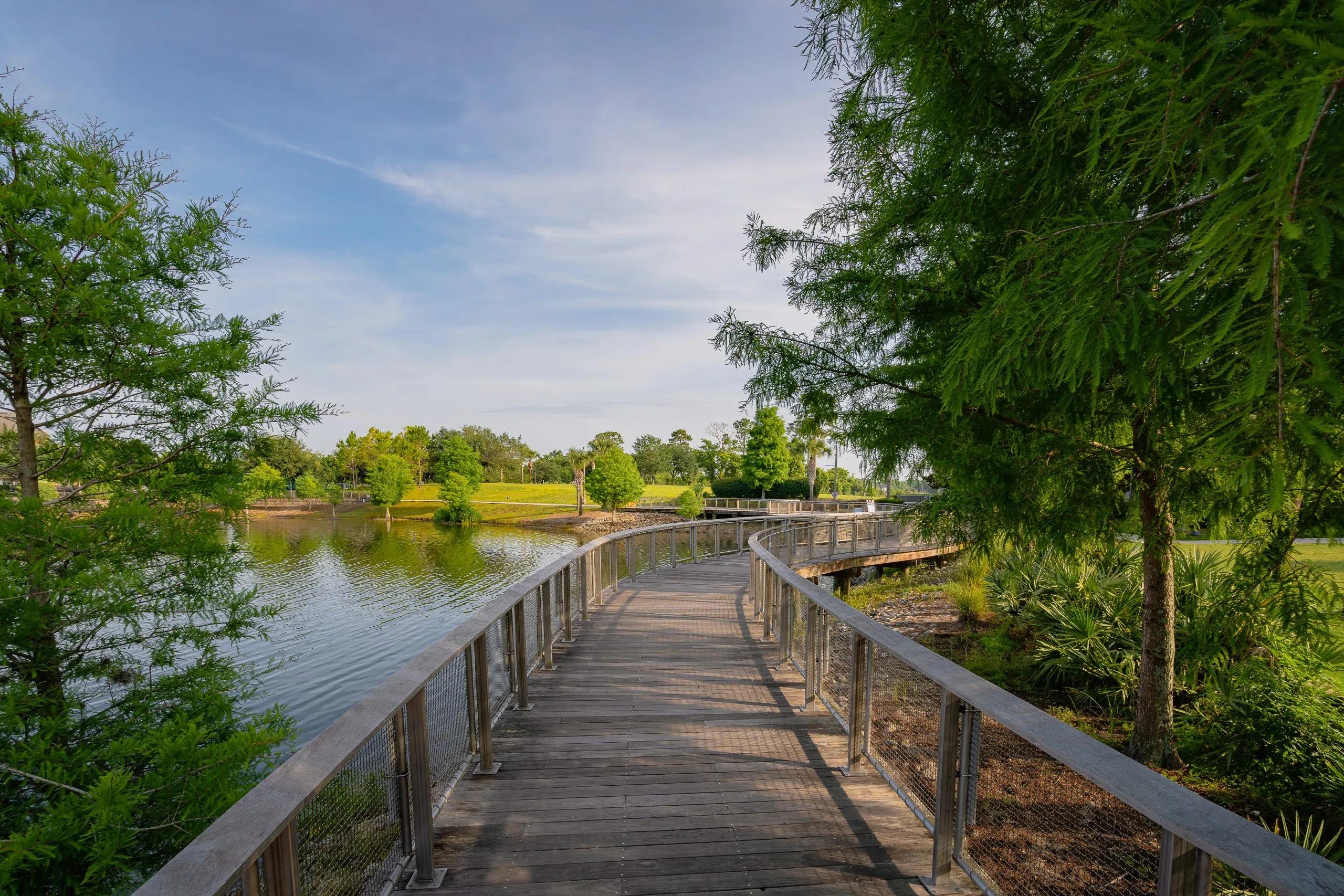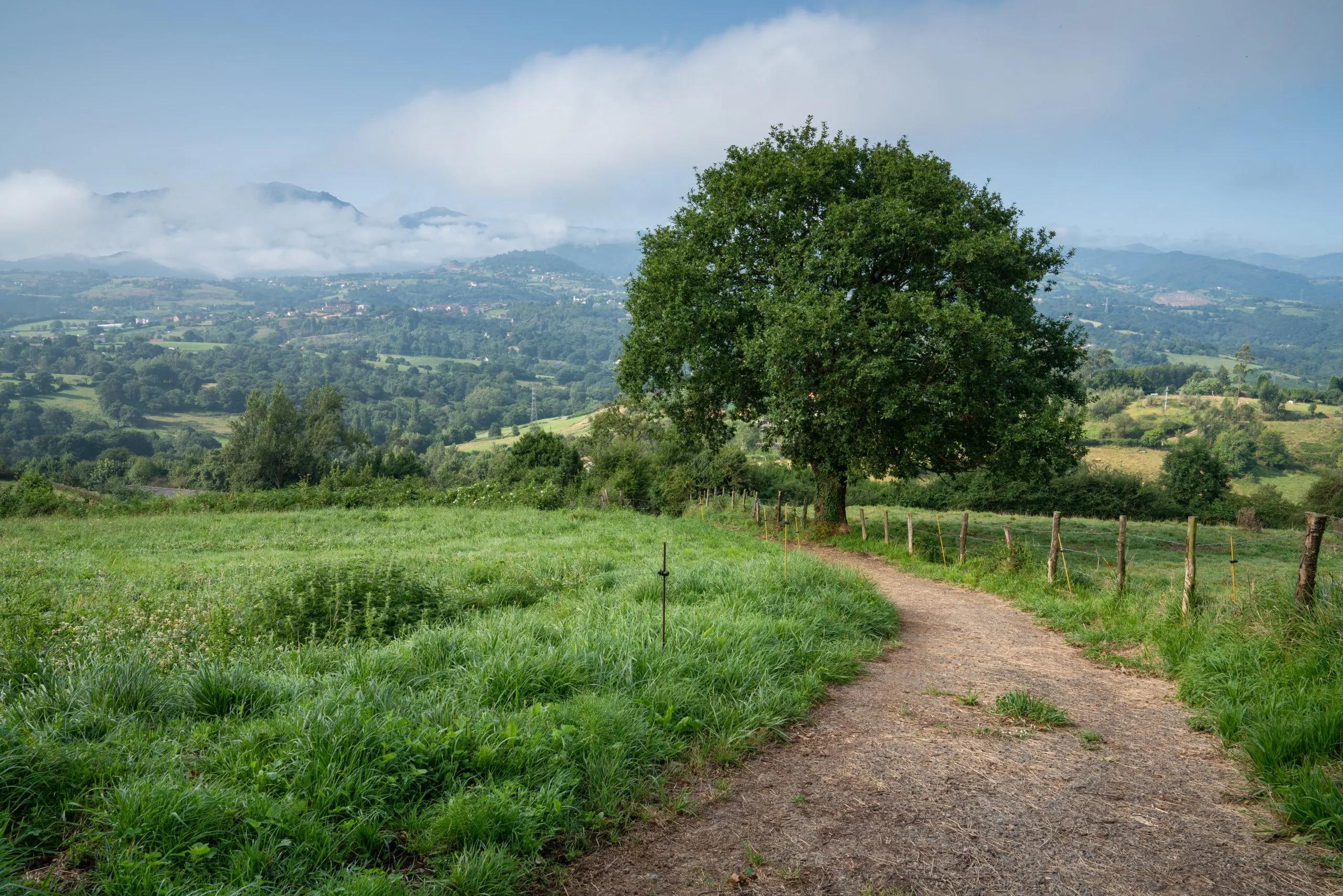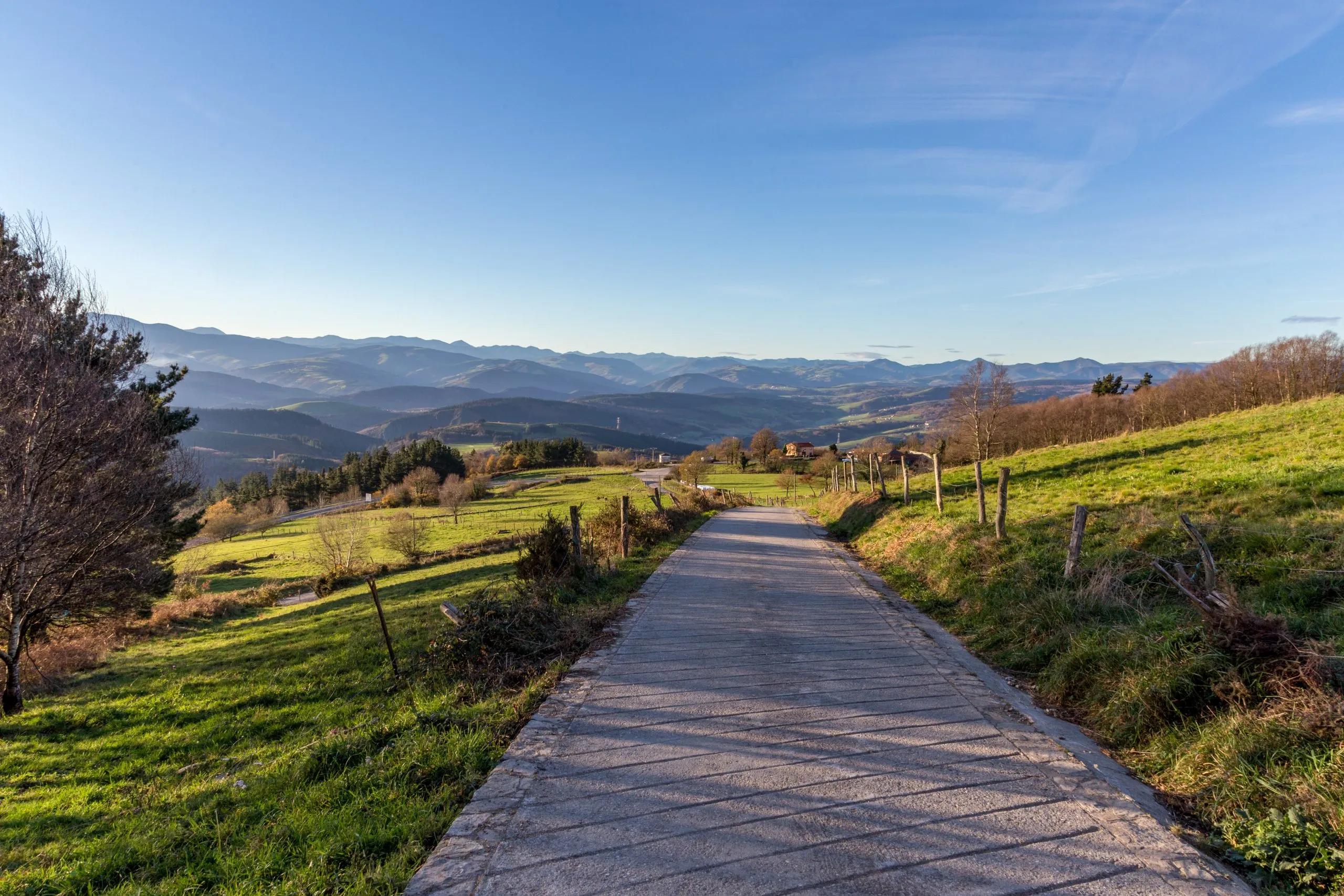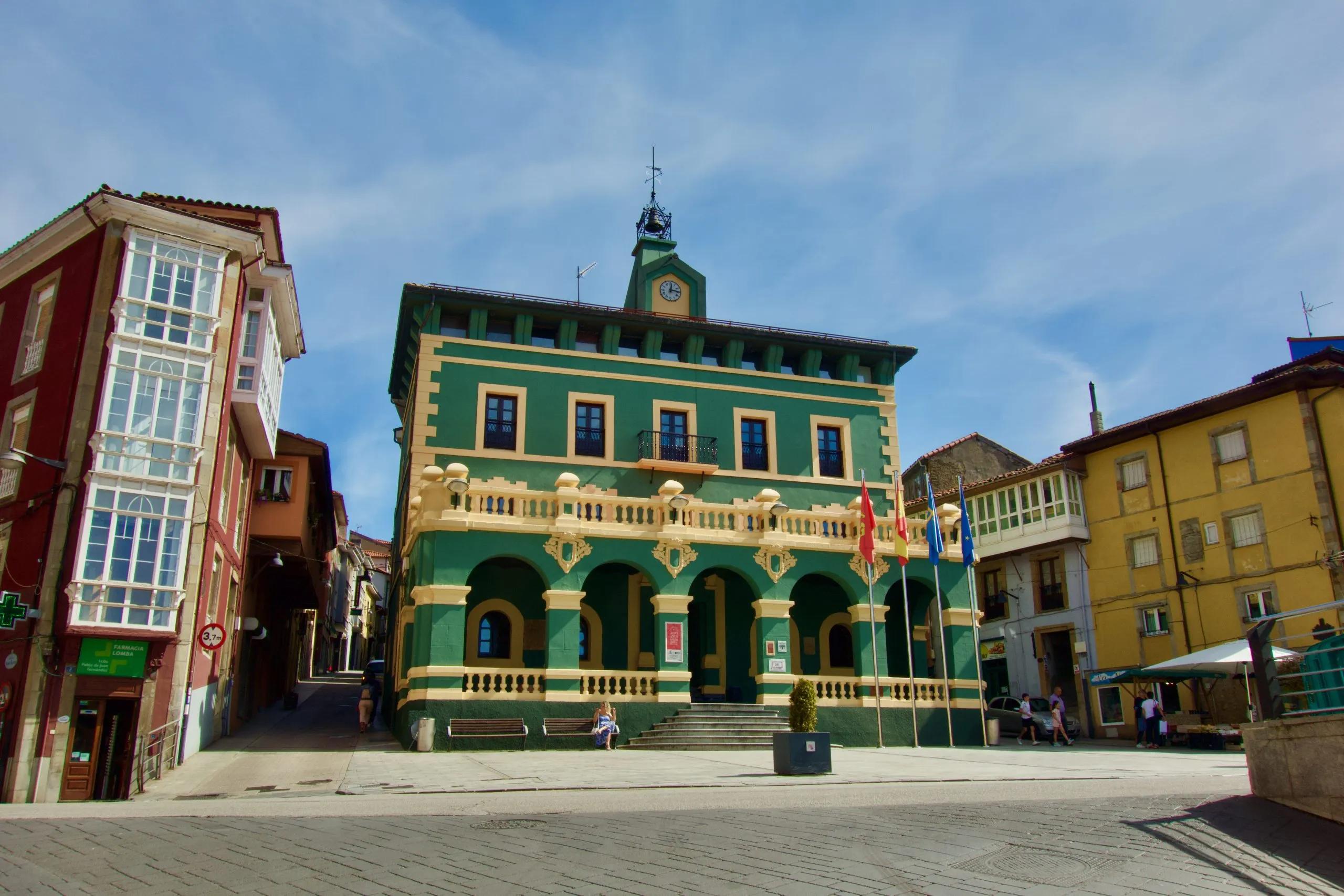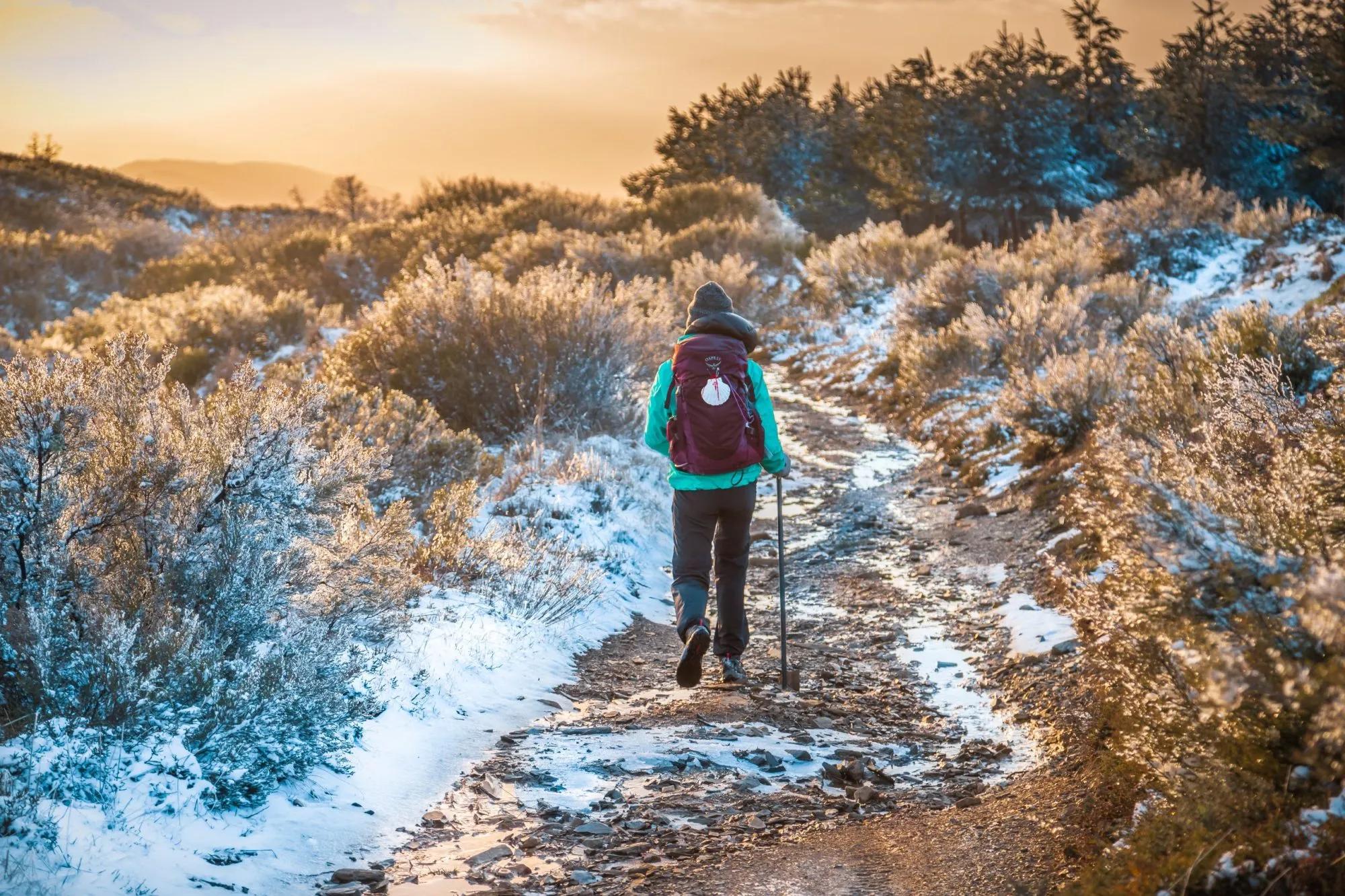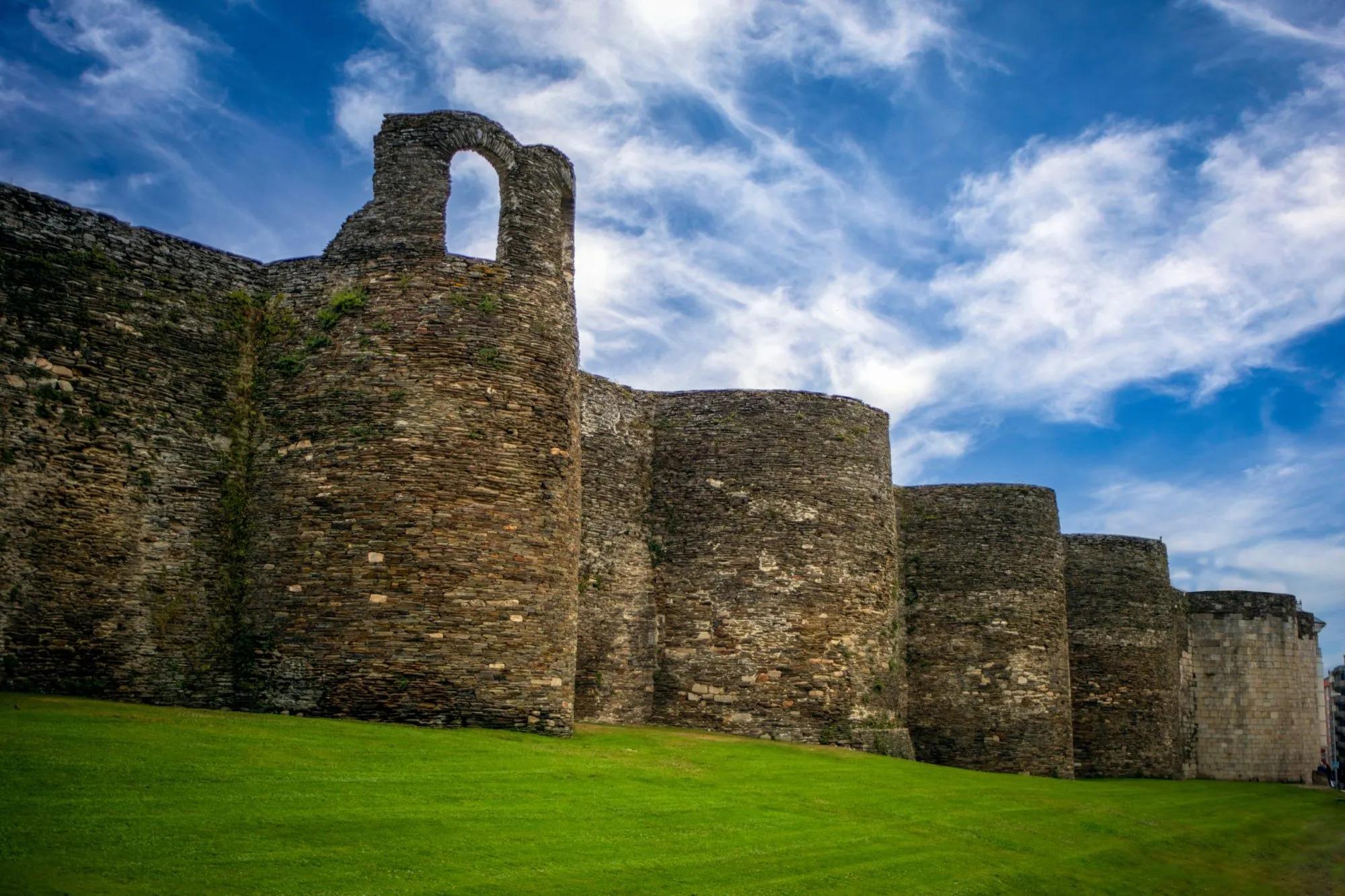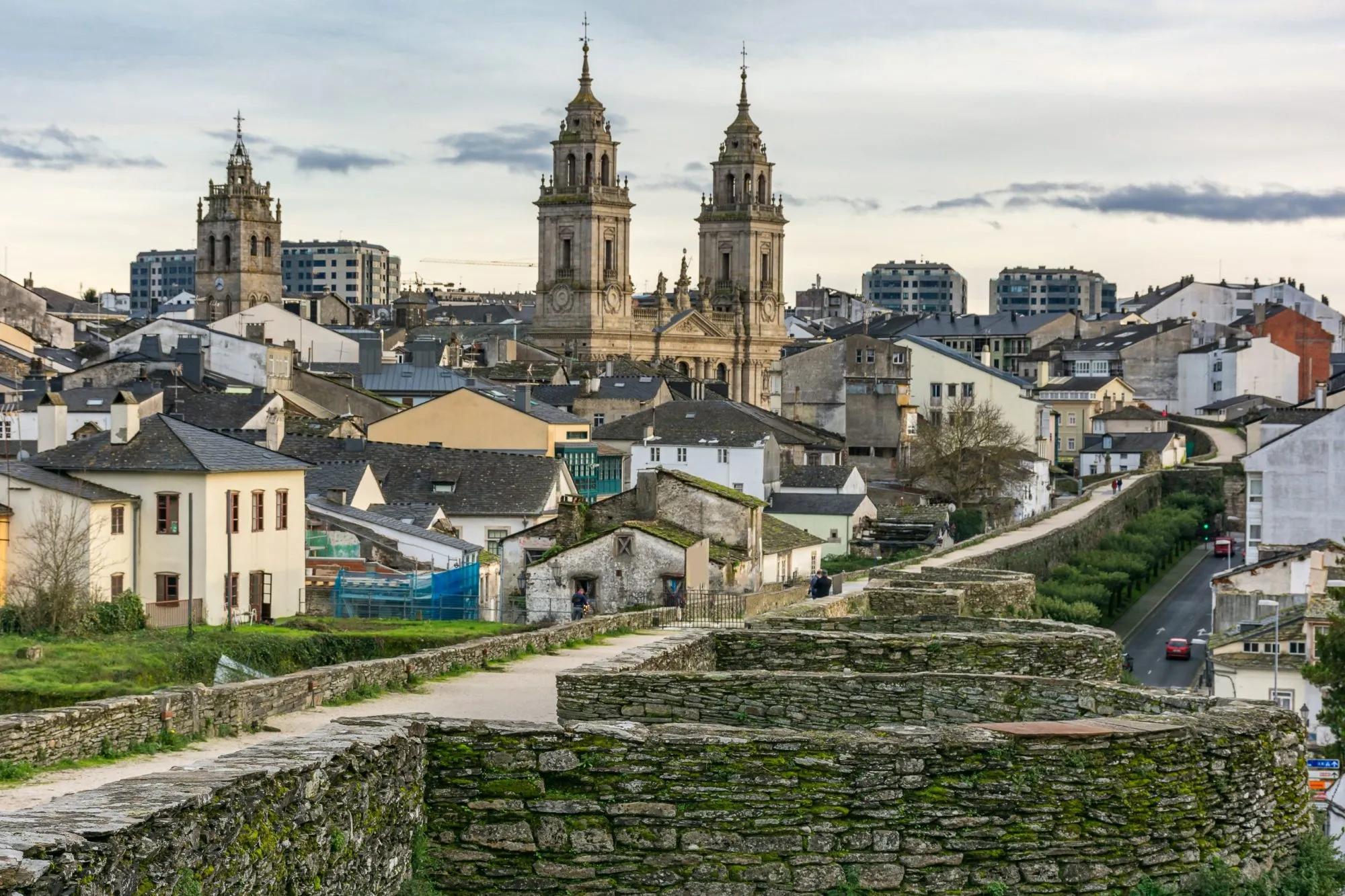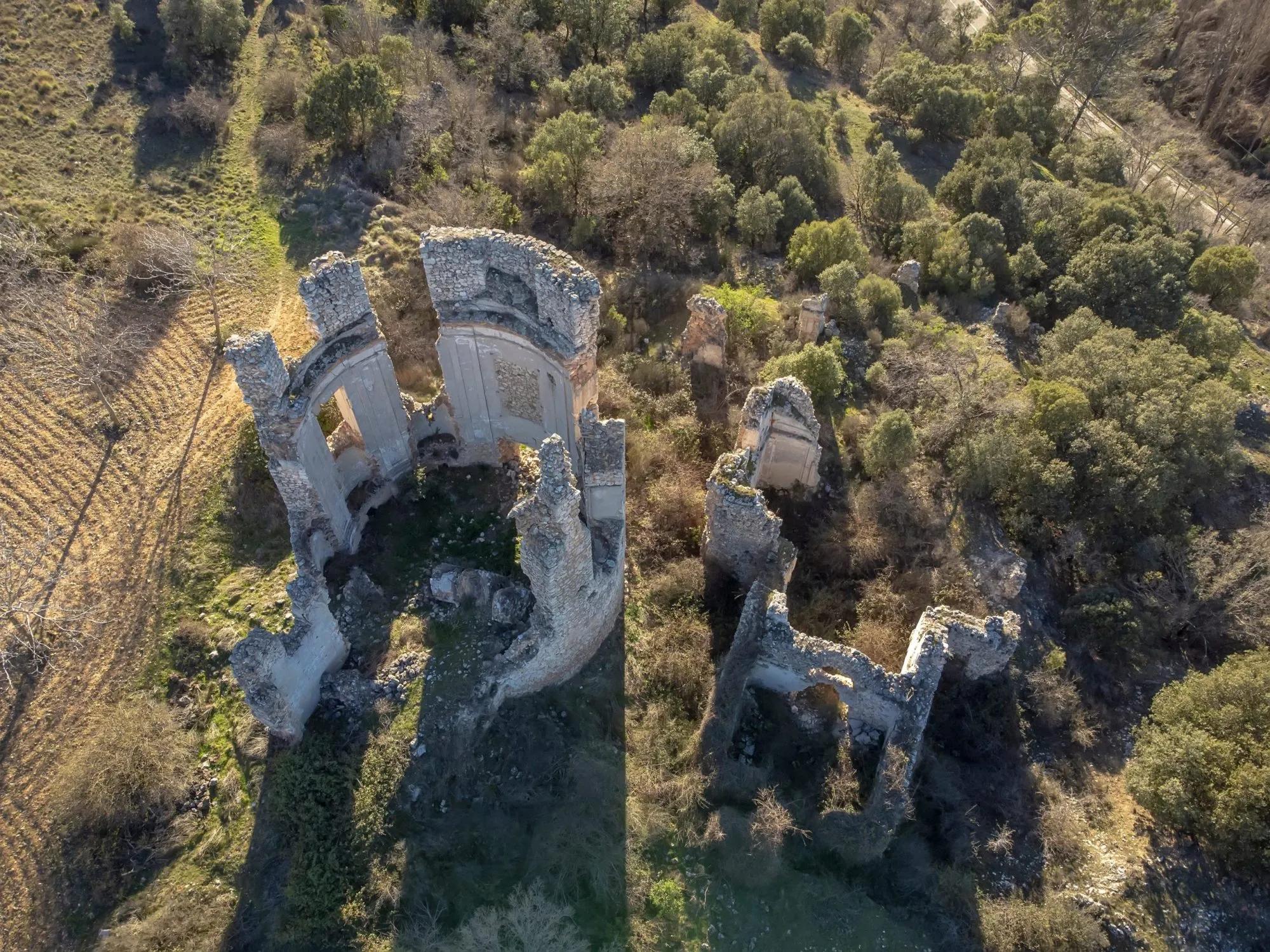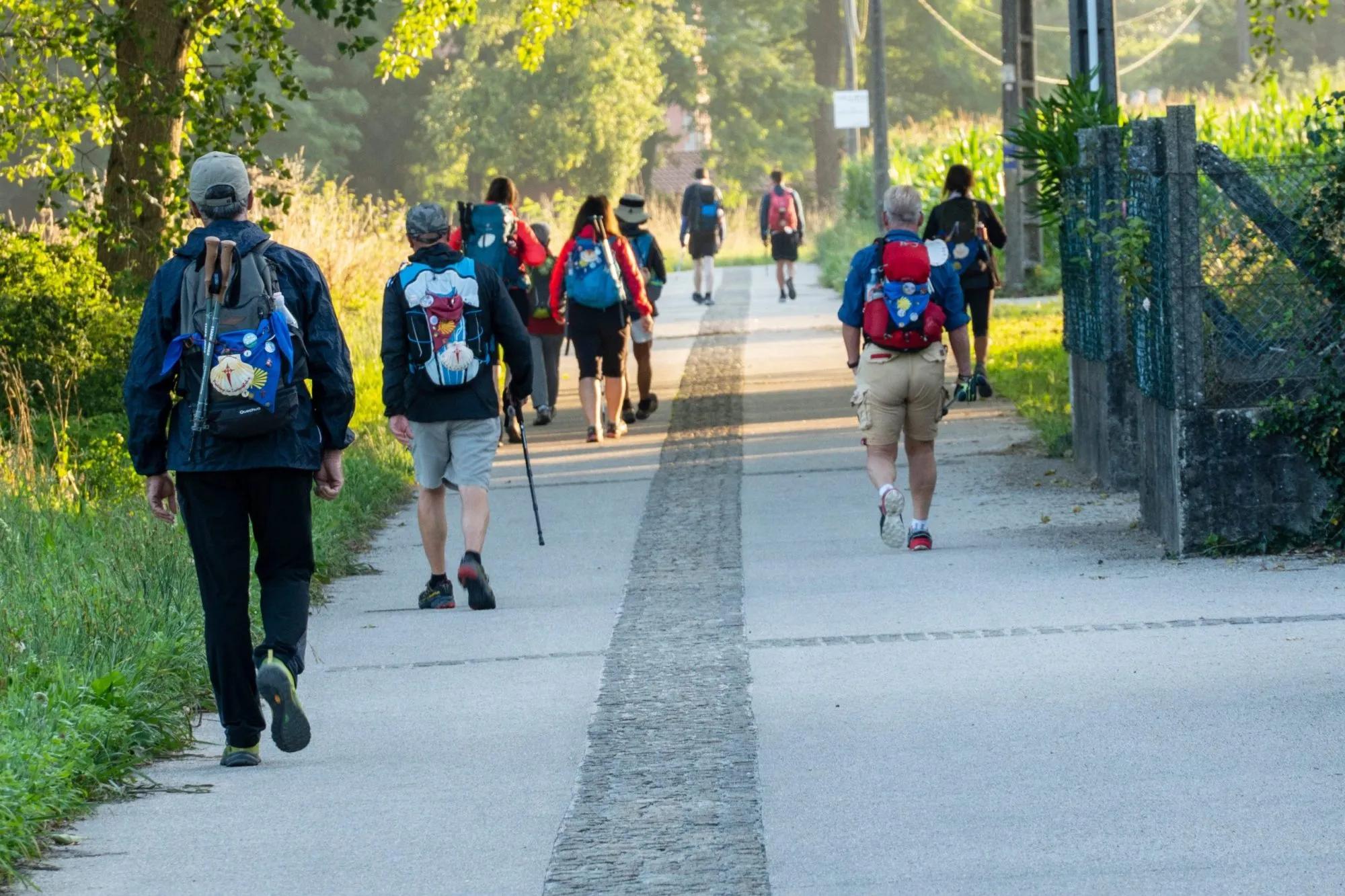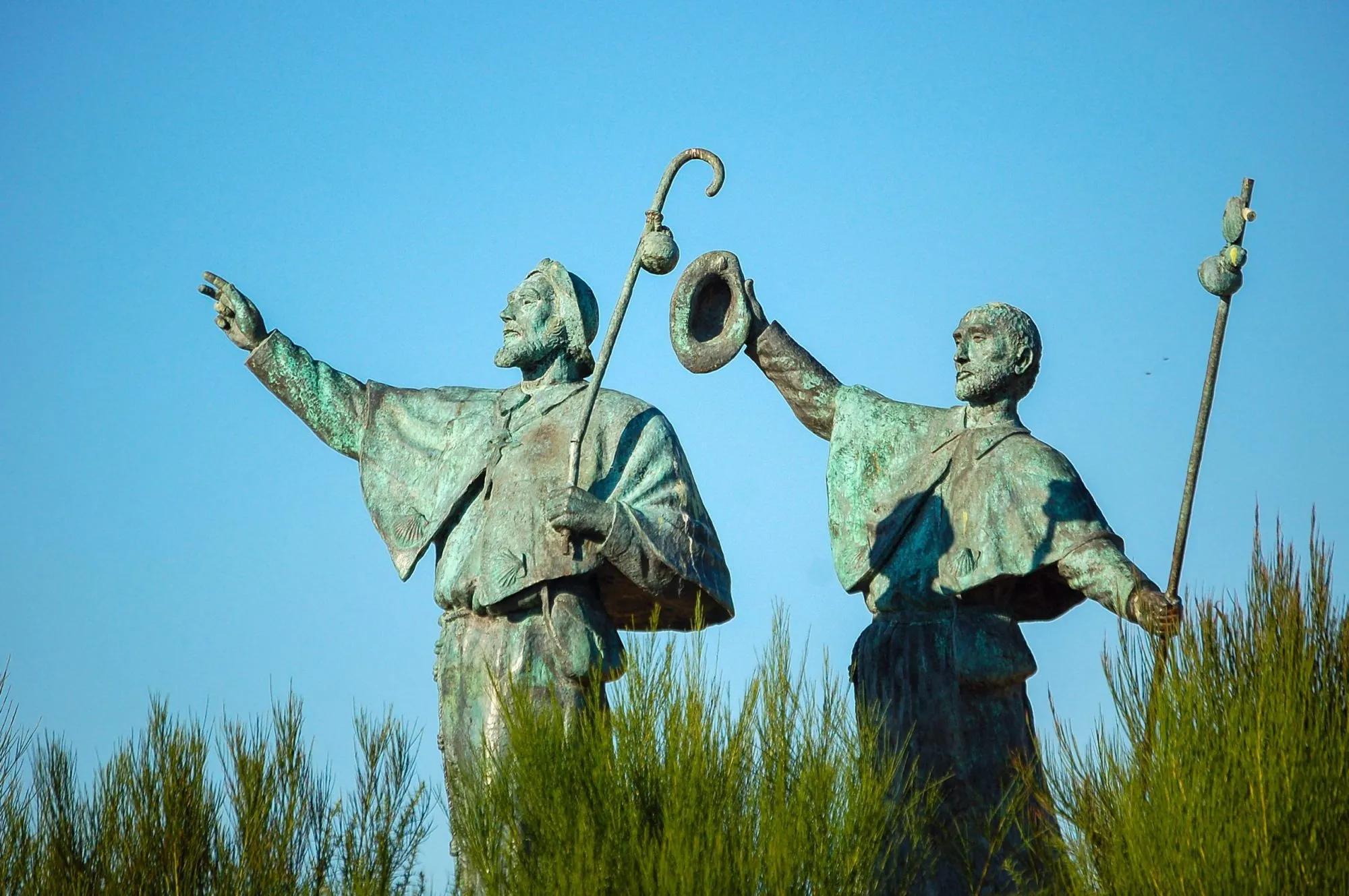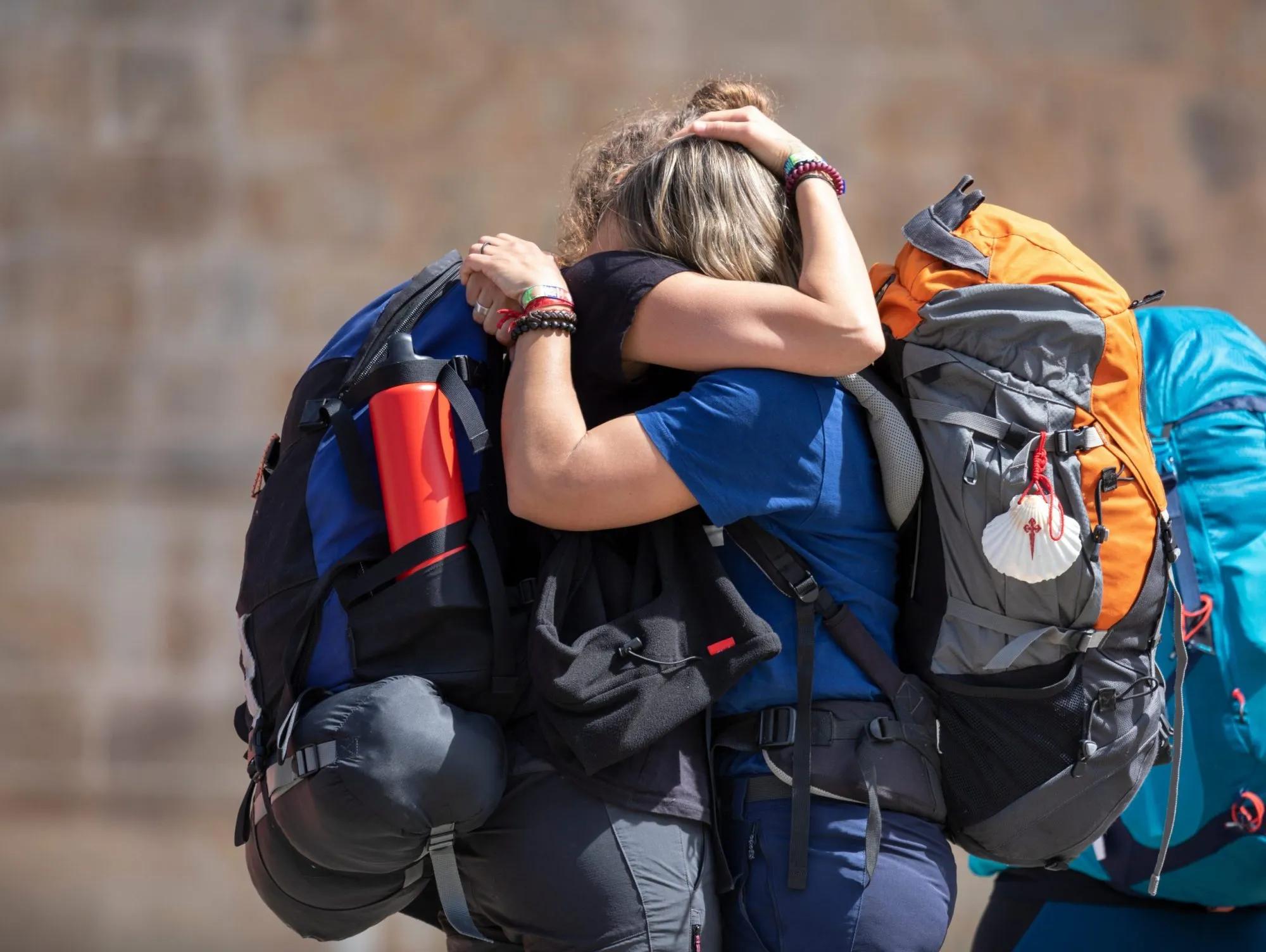25.5 km and 500 m of elevation gain / 670 m of elevation loss


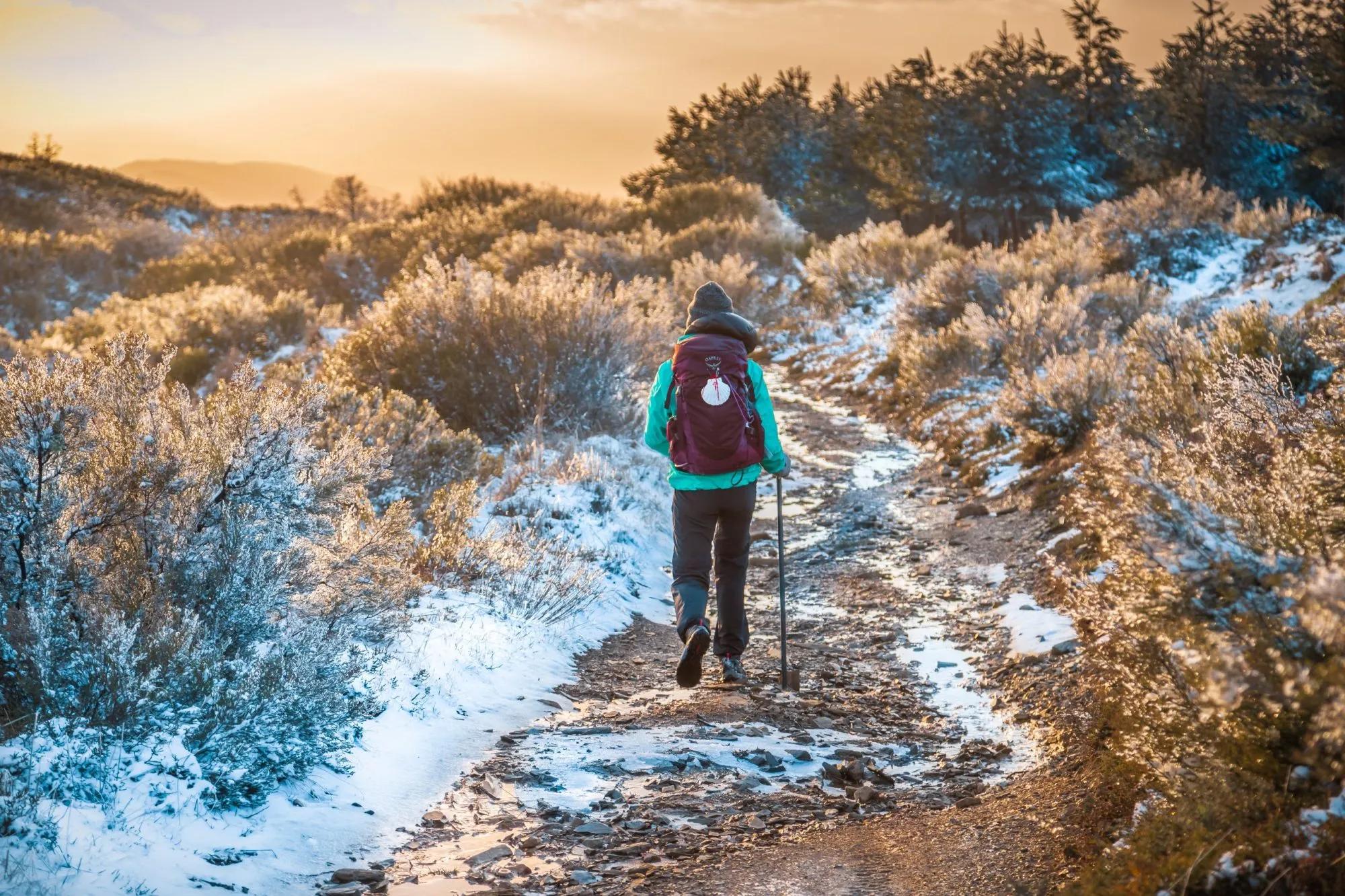
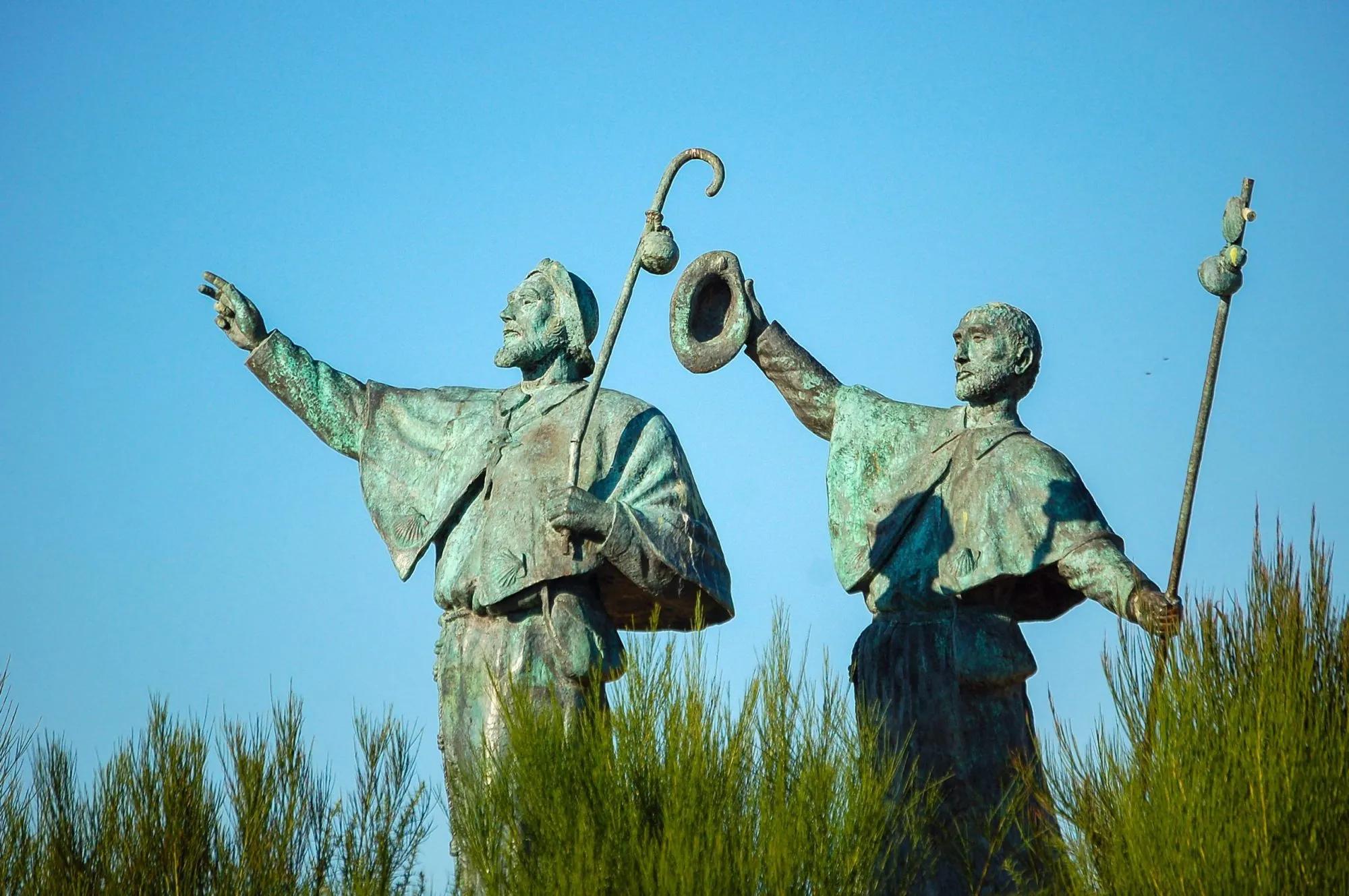




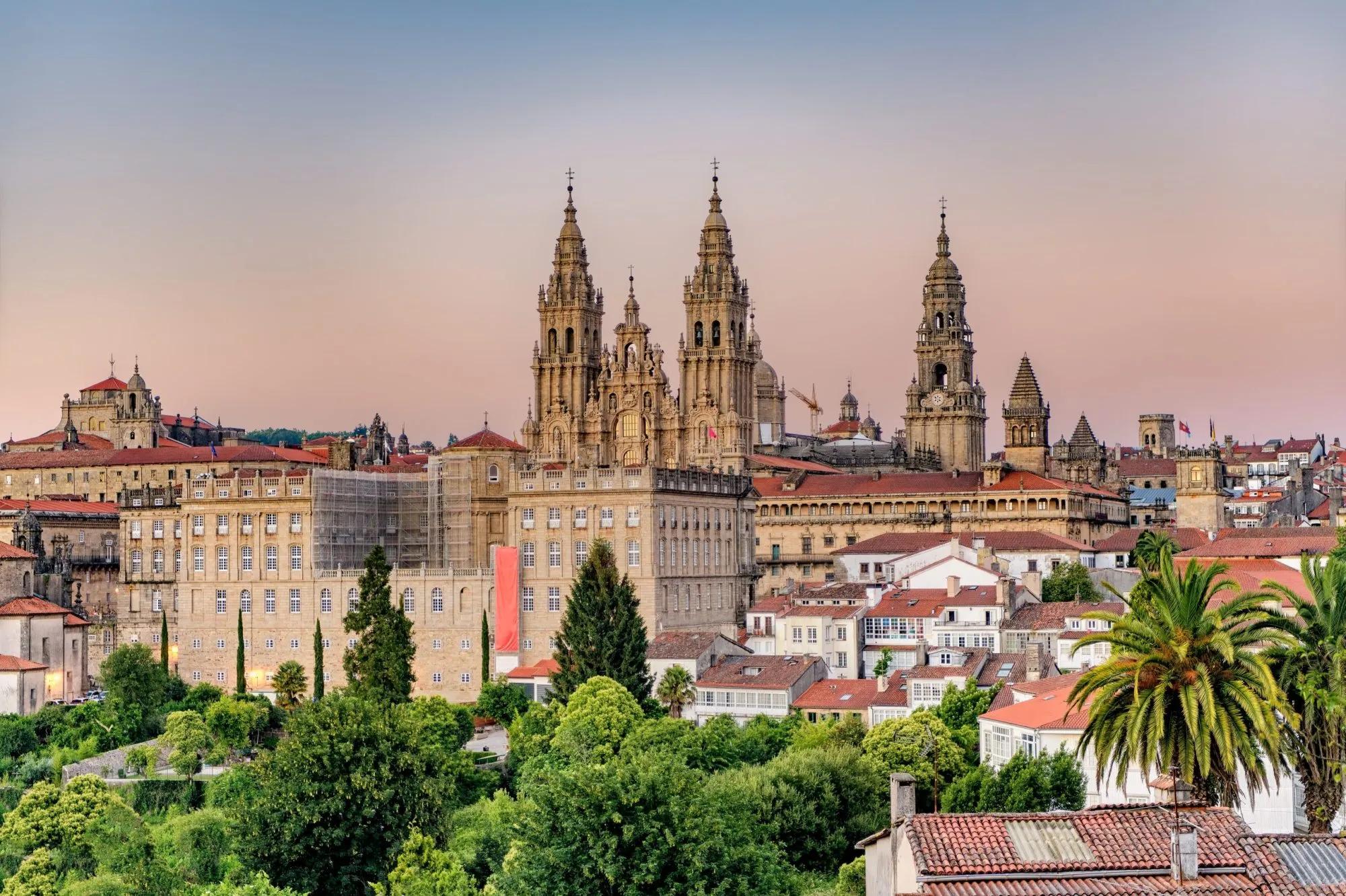




Camino Primitivo
14 days / 13 nights
|
Starting point
Oviedo
Finish point
Santiago de Compostela
Season
From April to October
Technical level
3/5
Fitness level
4/5
Tour type
Pilgrimage
Starting point
Oviedo
Finish point
Santiago de Compostela
Season
From April to October
Technical level
3/5
Fitness level
4/5
Tour type
Pilgrimage
Highlights
- Retrace the steps of the oldest Camino de Santiago pilgrims from the 9th century
- Follow picturesque paths through the hills between Oviedo and Lugo
- Walk through the serene Asturian countryside and quaint Galician villages
- Savor local culinary delights, including Galician cheese and traditional 'pulpo' in Melide
- Discover the spiritual heart of the Camino in towns steeped in pilgrimage history
- Find out about the legends and miracles tied to ancient sites along the route
Itinerary of the trip
FREE ITINERARY
Get Your Travel Itinerary
Loved the itinerary? Enter your email below, and we'll send a copy straight to your inbox.
What’s included in the price?
Self-guided
NOT INCLUDED
OPTIONAL EXTRAS
What to bring to the tour
- Hiking shoes/boots
- 25 to 35-liter backpack
- Base layer
- Sports T-shirts
- Hiking shorts
- Hiking water-repellent pants
- Waterproof jacket
- Midlayer
- Sports socks and underwear
- Leisurewear for evenings
- Shade hat/cap
- Sunscreen
- Sunglasses
- Hiking poles
- ID card or passport
- Snacks
- Cash
- Water bottles or hydration pack
- Toiletries
Journey along the Camino Primitivo and find yourself amidst a tapestry of history and beauty that weaves through the heart of Northern Spain.
This path, less trodden yet deeply historic, begins in the culturally rich streets of Oviedo, winding through the serene Asturian countryside, past quaint villages, over towering mountains, and into the soulful embrace of Galicia.
Each town along the way, from the picturesque Escamplero to the ancient walls of Lugo, tells a story, enriching your walk with layers of history, art, and tradition.
Traverse through serene forests, cross majestic bridges, and ascend to breathtaking summits like Puerto del Palo. And amid all that, you'll discover architectural marvels like the Cathedral of El Salvador and the UNESCO-listed Roman wall of Lugo.
As the original pilgrimage route, this journey has tested the spirit and will of pilgrims for centuries. Known for its physical demands, the Camino Primitivo challenges with its elevations and rewards with unparalleled vistas and spiritual fulfillment. It's a path of introspection and endurance.
While our tours traditionally begin with walking on the first day and conclude with walking on the last day, we understand that some travelers may wish to extend their stay. We can arrange additional days before or after the walking tour, complete with accommodation bookings.
Our commitment to you is unwavering. From arranging cozy accommodations to ensuring your luggage awaits at each new destination, we handle the details.
You'll be equipped with GPS navigation and an in-depth travel booklet curated to enhance your understanding of the Camino Primitivo. And, should you need us, our 24/7 support is always just a call away, ensuring your journey is as seamless as it is memorable.
Your pilgrimage awaits – no medieval armor required. Just bring your spirit of adventure, and let us take care of the rest.
Start planning today!
The sooner the better - guaranteed availability and best prices if you don't wait for too long.
Frequently Asked Questions
Ratings & Reviews

5.0 average rating

We had a lovely hike today with our guide Klemen. He personalized the tour on our needs and interests, so that we saw places we wouldn't without his experience. The hike was a little bit slippery after the rain from the last days and it went a lot upwards, but it was totally worth it! Thanks again :)


We had a lovely hike today with our guide Klemen. He personalized the tour on our needs and interests, so that we saw places we wouldn't without his experience. The hike was a little bit slippery after the rain from the last days and it went a lot upwards, but it was totally worth it! Thanks again :)


All available guidance options
Self-guided
Are you looking for a good adventure and limitless flexibility? Then you should try out a self-guided tour, perfect for independent explorers who want to set their own pace. Without the need to stick to a group schedule, you’re free to linger at scenic viewpoints while the logistics are taken care of in advance.

HASSLE-FREE
We handle itineraries, accommodations, and anything else you prefer not to deal with, so you can enjoy a carefree hike.
.svg)
TRIED & TESTED ADVENTURES
Only the best of Camino de Santiago, cherry-picked by our local team with an in-depth knowledge of the region.

SELF-GUIDED TRAVEL
Explore independently and with confidence while we keep everything running from behind the scenes.
TRUSTED BY MANY
Since 2014, we have taken care of thousands of happy customers, making it our mission to put your satisfaction first.




